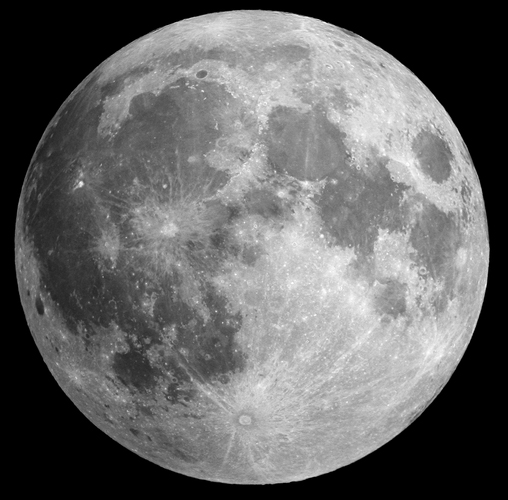
Many asteroids can be traced back to their parent body – the planet or moon they broke off from. For the first time, scientists now claim to have traced the origins of an asteroid back to the specific crater it was birthed from. Craters are not only the scars that asteroid impacts leave on planets or moons, but they can be the birthplace of new asteroids too. If something hits hard enough, fragments of rock can be ejected into space, where they can drift around as new asteroids for untold millennia until they crash into something else, potentially starting the process over again.
Scientists can often tell which parent body any given asteroid originated from, by analyzing the rocks’ composition, reflectiveness, and other signatures. Measuring between about 46 and 58 m wide, Kamo’oalewa is an asteroid that was discovered in 2016 as a “Quasi-satellite” of Earth. Impact and dynamical modeling revealed that to launch a chunk of rock the size of Kamo’oalewa away from the Moon, it would take an impact from an asteroid of at least 1 km wide.
Named after a 16th-century Italian intellectual whose cosmological views were so ahead of his time that he was burned at the stake for heresy, this crater is located on the far side of the Moon, measures 22 km wide, and has been dated to just 4 million years old.
“While most of that debris would have impacted the Earth as lunar meteorites over the course of less than a million years, a few lucky objects can survive in heliocentric orbits as near-Earth asteroids, yet to be discovered or identified,” said Yifei Jiao, lead author of the study. China has selected the little asteroid as the target for its upcoming mission Tianwen-2, which will collect samples and return them to Earth for study.
